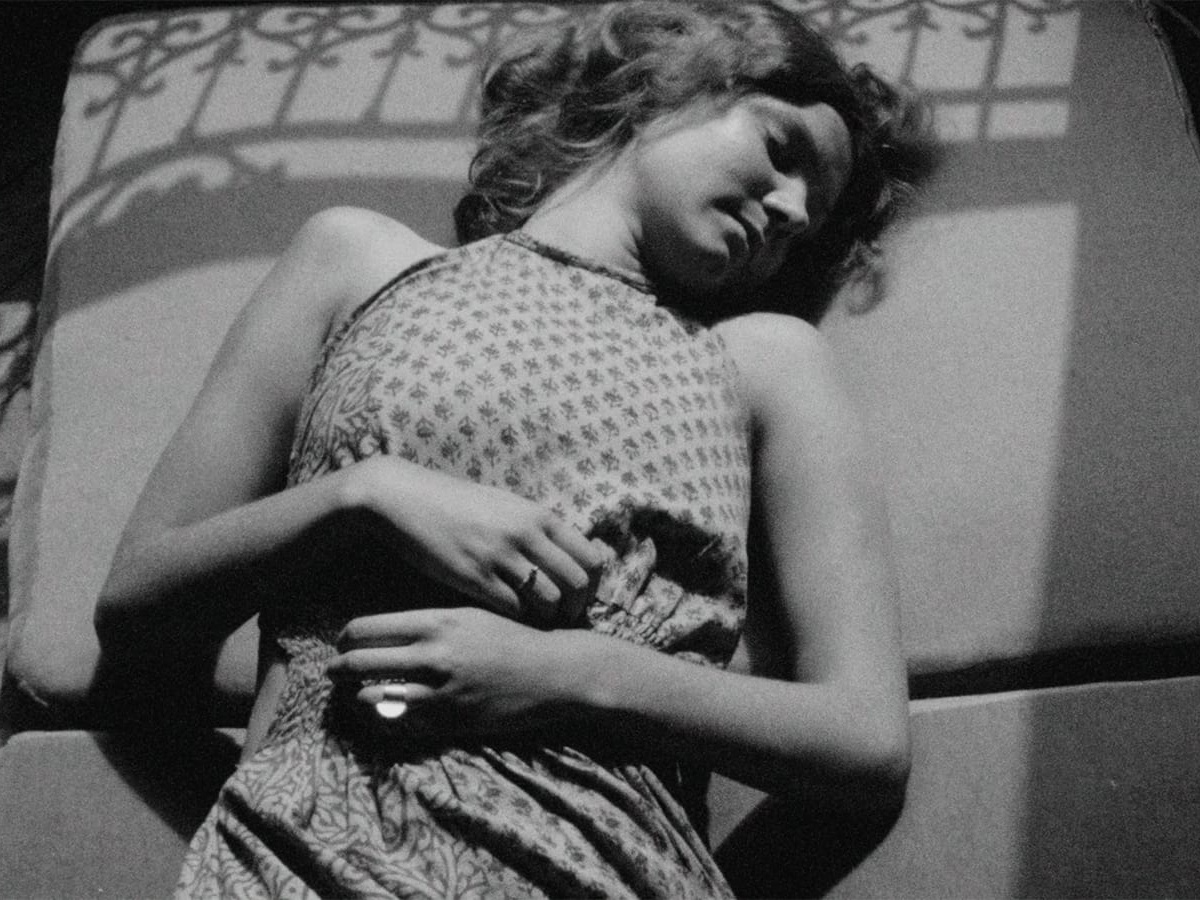
On August 15, 1973 in a Paris apartment, Finnish expat Chris Myllykoski opens up to the camera about her anxieties and uncertainties, her aspirations and ennui, and the sense of vulnerability she feels being a woman alone in an unfamiliar country. As Myllykoski's voice-over narration shifts between the mundane and the searching, Akerman's observant camera remains attuned to tiny gestures that tell a story of their own.
EN
“Le 15/08 is another rarely seen film. In it, Akerman presents a stream-of-consciousness in voice-over, that of a young Danish woman in Paris. She is there looking for work, in an apartment that is not her own. Time passes, and her thoughts are heard, in seamless flow, evoking for some the world of Woolf's Mrs Dalloway. But in Le 15/8, there is no party to prepare for: instead the contents of a hand bag are the subject of her preoccupation, as are any number of other commonplaces. But there is also judgment and taking issue with and criticise the women's one's own body, but since presented in voice over, it is s if the locus of criticism lies outside her own self, a trope that seems to me to emerge directly from the mirror sequence of L'Enfant aimé.”
Adam Roberts1
FR
« Évacuant toute idée de progression linéaire, Le 15/08 est un film qui tourne en rond dans un appartement surchauffé. Il ne s'agit pas cependant, pour Akerman, de prolonger l'exploration systématique de l'espace entreprise dans les précédents opus américains, Hotel Monterey et La Chambre I et 2. L'enquête concerne bien ici un personnage et sa façon spécifique d'habiter un plan. À l'image, Chris est une dirty blond en robe d'été, un corps inactif qui distrait son ennui en fumant des cigarettes, en se penchant par la fenêtre ou en inspectant le contenu de son sac. C'est aussi un corps conscient du rapport de séduction qu'il entretient avec la caméra au point d'en jouer parfois jusqu'à la minauderie. Plus cependant que par sa construction visuelle, Le 15/08 se distingue par sa bandeson – un long monologue troué, délivré d'un ton incroyablement traînant, dans un broken english, à l'adresse d'on ne sait qui mais pas de celle qui règne en despote éclairé sur l'enclos domestique (« Chantal asked me to stay in this room »). Cette parole sans maître tourne elle aussi en rond selon les fluctuations atmosphériques de l'humeur du moment « happy », « confused », « depressed », « OK » - sans pour autant chercher à plaire ni même à maintenir l'intérêt de son auditeur. Elle s'applique simplement à fouiller son intérieur. Au cours de cet intime ressassement, la violence banale de confrontations quotidiennes ramène des fragments oubliés du passé. Une gêne, un harcèlement, la peur d'un chien évoquent tour à tour d'autres souvenirs plus anciens, plus scellés et plus troubles. »
Patrice Blouin1
- 1Patrice Blouin, "Le 15/8," dans Chantal Akerman: Autoportrait en cinéaste (Paris: Éditions du Centre Georges Pompidou/Éditions Cahiers du cinéma, 2004), 177.

